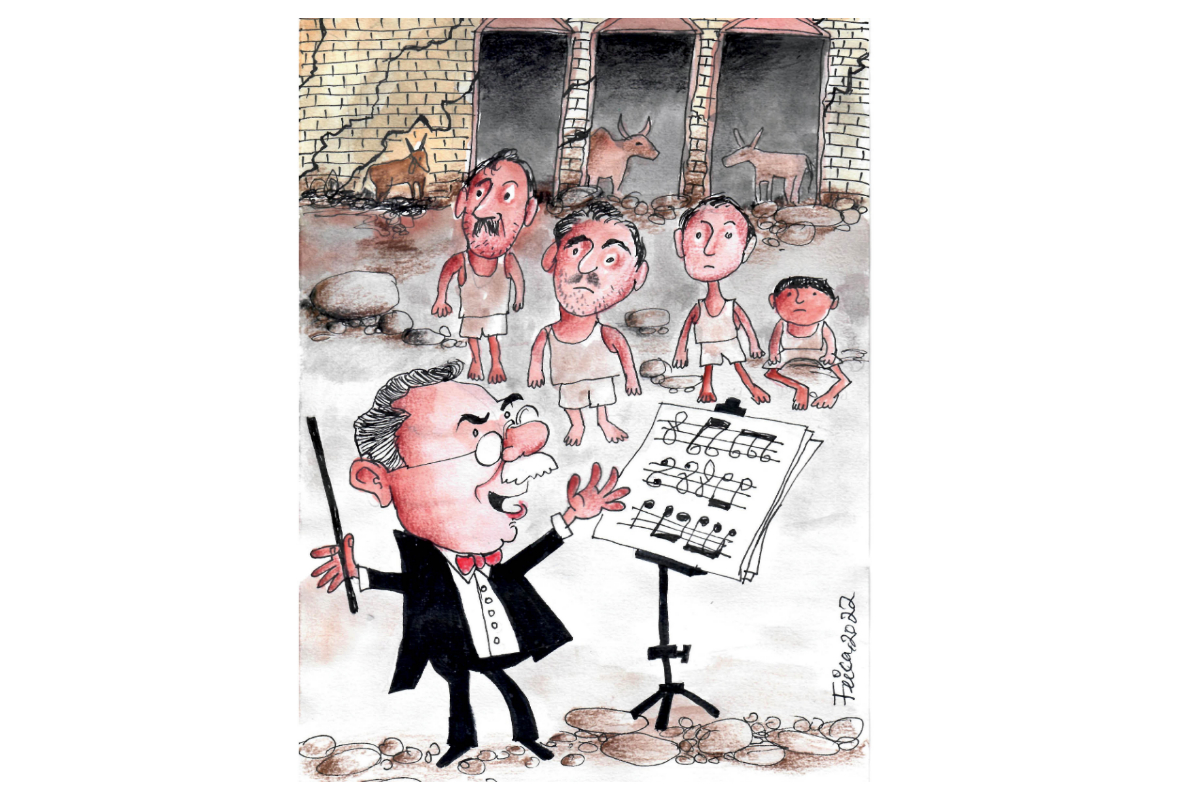
Let the music play
Sindh govt headstrong to appoint 1,500 art and music teachers despite criticism
Karachi: Karachi: In a province where 32 per cent infrastructure of schools was damaged by rains and the remaining schools are still being used as relief camps, the provincial government has decided to appoint art and music teachers raising a question mark on their priorities.
With rebuilding still far in sight, art and music teachers will be appointed Grade 14 in primary and secondary schools across Sindh, including Karachi. In this respect, the government has published ads in various newspapers inviting applications from aspiring individuals. The payscale of Grade 14 is around 35,000 rupees a month.
“We are going to appoint 1,500 teachers, 50 per cent art and the remaining music teachers, in secondary schools of the province. We are not going to appoint these teachers in primary education in this phase. Still, it can be considered at a later stage”, said Ghulam Akbar Laghari, Secretary of Sindh Schools Education and Literacy Department.
About the eligibility for the art and music teachers, Ghulam Akbar Laghari said, “These candidates must hold the certificates from a recognised institution such as the National College of Arts (NCA), National Academy of Performing Arts (NAPA), Sindh Institute of Music and Performing Art (SIMPA). There will be a panel at the time of the interview and candidates must show their skills to the panel members.
He said that these teachers would be appointed in urban and rural areas where the number of enrolment was high. “There is no hard and fast rule. For instance, Tando Muhammad Khan district is a smaller one where the number of schools is less than other districts so we will appoint these teachers as per the need of the district.”
He said the education department was not going to appoint more teachers in the near future but it could be considered at a later stage. “We may appoint more teachers in the second phase in major primary schools as well.”
While this move by the Sindh government was welcomed by art and music enthusiasts, the timings raised questions as the quality of education and infrastructure leave a lot to be desired in the government schools.
Many schools were damaged by the monsoon rains and flash floods this year while many others were converted into relief camps. Akbar Laghari said, “We will welcome positive criticism. Look when someone does something new, he is bound to face criticism and if you are afraid of that, you better not do anything. So we are not afraid of criticism.”
“One thing is for sure; art and music teachers will be appointed despite criticism. We think it will be a good addition to government schools,” he added.
When he was asked that on one hand, the government is appointing art and music teachers while on the other there is a shortage of teachers, the Secretary of Schools Education said, “We don’t have any shortage of teachers at all. Recently, we have completed appointments of 52,000 teachers to fill the vacant posts across the province. So there is no question of any shortage.”
Meanwhile, religious parties have criticised the Sindh government’s decision to appoint music teachers in schools.
Secretary General of Jamiat Ulema-e-Islam (F), the PDM ally of the PPP-run Sindh government, rejected the move of the Sindh Education Department, accusing the government of trying to serve the Western interests. He expressed his surprise that on the one hand, the teachers of the subject of Islamiat were not being appointed and on the other hand music teachers would be appointed. He threatened the government with consequences if the decision was not withdrawn.
Syed Tariq Shah, Chairman All Private Schools Management Association said the education department must focus on important things first. “I think the focus should be on imparting quality education and increasing productivity. They should develop the infrastructure first and improve education standards instead of appointing music teachers.” According to independent surveys, there are around 49 thousand schools across Sindh, which include primary, elementary, secondary, and higher secondary schools.
The data collected by an international NGO ‘Save the Children’ shows that Sindh remained the most affected province by the floods as nearly 16 thousand schools and colleges were damaged and 5,500 were converted into relief camps for displaced people. In addition, books, copies, blackboards, tables, and chairs worth millions of rupees have been destroyed besides the buildings and other infrastructure.
Catch all the Urban Insight News, Breaking News Event and Latest News Updates on The BOL News
Download The BOL News App to get the Daily News Update & Live News.





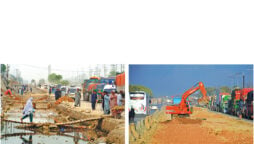

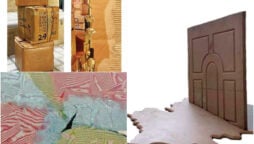
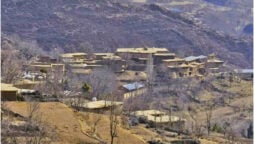

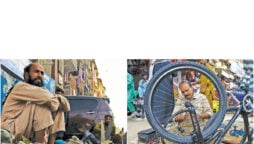

 Read the complete story text.
Read the complete story text. Listen to audio of the story.
Listen to audio of the story.